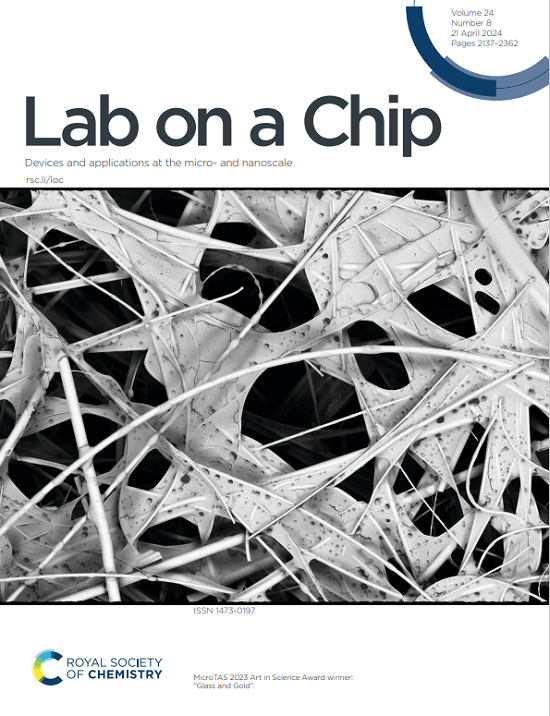Teach your microscope how to print: low-cost and rapid-iteration microfabrication for biology
IF 6.1
2区 工程技术
Q1 BIOCHEMICAL RESEARCH METHODS
引用次数: 0
Abstract
The application of traditional microfabrication techniques to biological research is hindered by their reliance on clean rooms, expensive or toxic materials, and slow iteration cycles. We present an accessible microfabrication workflow that addresses these challenges by integrating consumer 3D printing techniques and repurposing standard fluorescence microscopes equipped with DMDs for maskless photolithography. Our method achieves micrometer-scale precision across centimeter-sized areas without clean room infrastructure, using affordable and readily available consumables. We demonstrate the versatility of this approach through four biological applications: inducing cytoskeletal protrusions via 1 μm-resolution surface topographies; micropatterning to standardize cell and tissue morphology; fabricating multilayer microfluidic devices for confined cell migration studies; imprinting agar chambers for long-time tracking of C. elegans. Our protocol drastically reduces material costs compared to conventional methods and enables design-to-device turnaround within a day. By leveraging open-source microscope control software and existing lab equipment, our workflow lowers the entry barrier to microfabrication, enabling labs to prototype custom solutions for diverse experimental needs while maintaining compatibility with soft lithography and downstream biological assays.

教你的显微镜如何打印:低成本和快速迭代的生物微加工
传统的微加工技术在生物研究中的应用由于依赖洁净室、昂贵或有毒的材料以及缓慢的迭代周期而受到阻碍。我们提出了一个可访问的微加工工作流程,通过集成消费者3D打印技术和重新利用配备dmd的标准荧光显微镜进行无掩模光刻来解决这些挑战。我们的方法在没有洁净室基础设施的情况下,使用价格合理且现成的消耗品,在厘米大小的区域内实现微米级精度。我们通过四个生物学应用证明了这种方法的多功能性:通过1 μm分辨率的表面形貌诱导细胞骨架突出;微图案化以标准化细胞和组织形态;用于密闭细胞迁移研究的多层微流体装置的制备印迹琼脂室用于秀丽隐杆线虫的长期跟踪。与传统方法相比,我们的方案大大降低了材料成本,并在一天内实现了从设计到设备的周转。通过利用开源显微镜控制软件和现有的实验室设备,我们的工作流程降低了微加工的进入门槛,使实验室能够为不同的实验需求定制解决方案的原型,同时保持与软光刻和下游生物分析的兼容性。
本文章由计算机程序翻译,如有差异,请以英文原文为准。
求助全文
约1分钟内获得全文
求助全文
来源期刊

Lab on a Chip
工程技术-化学综合
CiteScore
11.10
自引率
8.20%
发文量
434
审稿时长
2.6 months
期刊介绍:
Lab on a Chip is the premiere journal that publishes cutting-edge research in the field of miniaturization. By their very nature, microfluidic/nanofluidic/miniaturized systems are at the intersection of disciplines, spanning fundamental research to high-end application, which is reflected by the broad readership of the journal. Lab on a Chip publishes two types of papers on original research: full-length research papers and communications. Papers should demonstrate innovations, which can come from technical advancements or applications addressing pressing needs in globally important areas. The journal also publishes Comments, Reviews, and Perspectives.
 求助内容:
求助内容: 应助结果提醒方式:
应助结果提醒方式:


